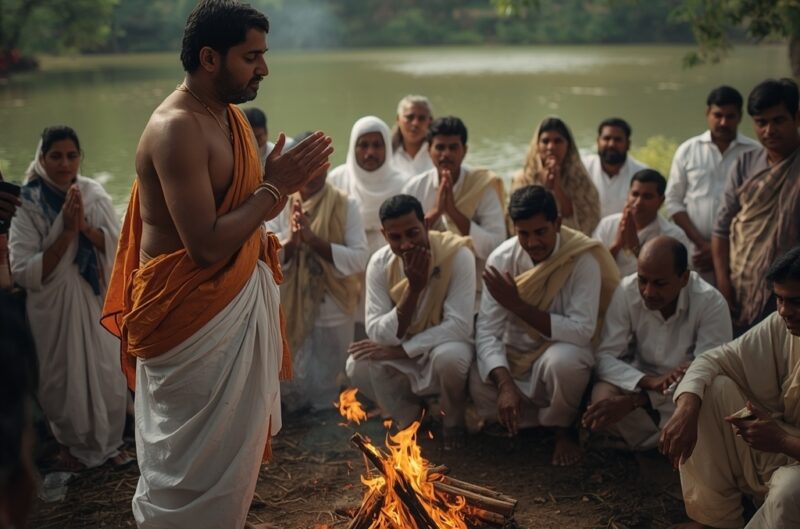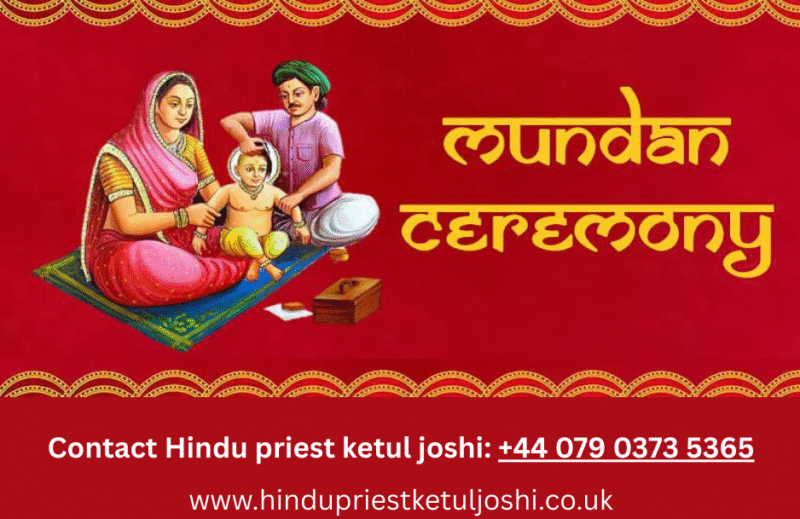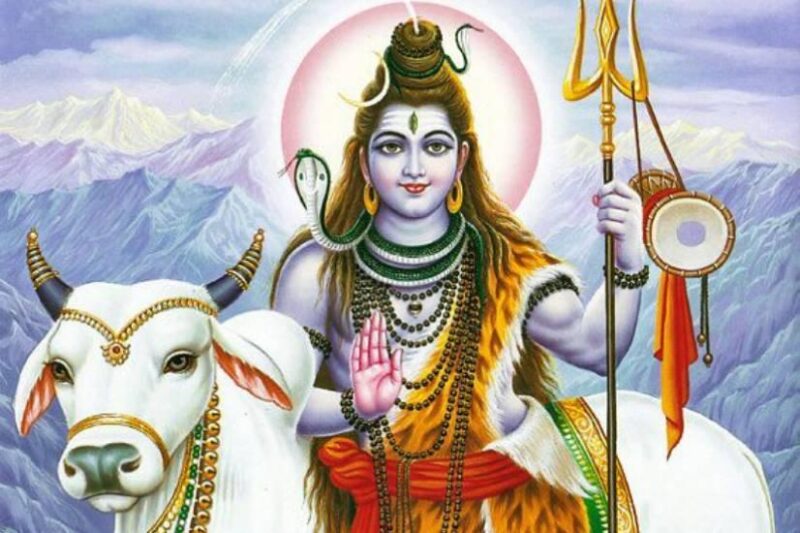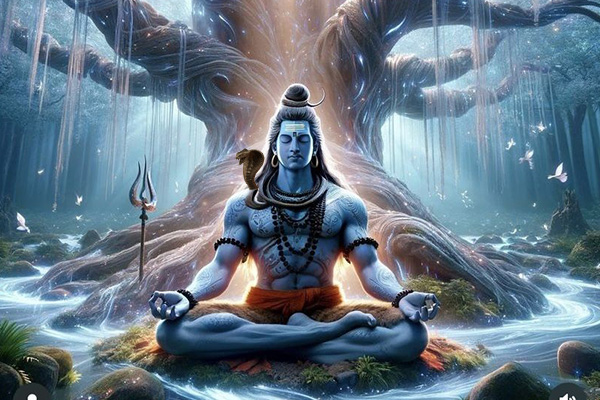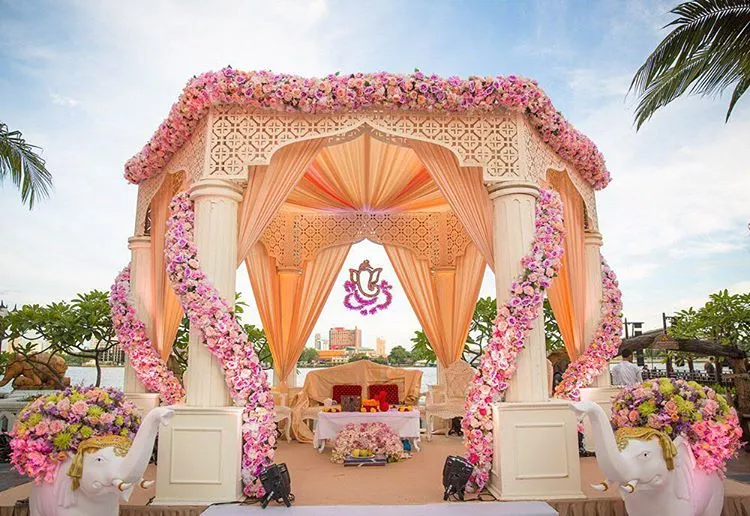Indian Death Rituals – Hindu funeral

Indian death rituals – Hindu funerals, especially those in Hinduism, are deeply rooted in cultural and religious beliefs. Hindu funeral rituals are designed to honor the deceased, provide closure for the family, and ensure the smooth transition of the departed’s soul to the afterlife. It’s important to note that practices can vary based on region, community, and personal beliefs. Here is an overview of some common Hindu funeral rituals:
1) Preparation of the Body in Indian death rituals – Hindu funerals:
In Hindu funerals, The body of the deceased is traditionally bathed, dressed in new or clean clothes, and adorned with jewelry or sacred items.
In some cases of Hindu funerals, the body might be cremated while wrapped in a white cloth, symbolizing purity.
2) Cremation in Indian death rituals – Hindu funerals:
In the Hindu funeral Cremation is the most common method of disposing of the body in Hindu funeral customs. In Hindu funeral The belief is that by burning the body, it is returned to the five elements and the soul can be released from the cycle of rebirth.
The body is typically carried to the cremation ground on a bamboo stretcher.
The eldest son or closest male relative traditionally lights the funeral pyre as a symbolic act of giving the deceased a proper send-off.
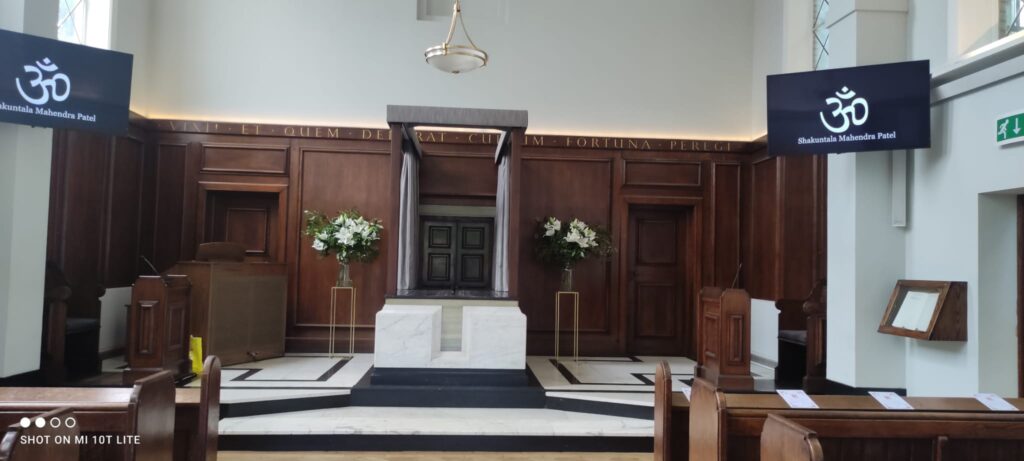
3) Antyesti (Last Rites) Indian death rituals – Hindu funerals:
Before cremation, the body is often circled around the Hindu funeral pyre, accompanied by chanting of religious verses.
In some traditions, a small piece of gold or a coin is placed in the mouth of the deceased to pay the ferryman to help the soul cross the river to the afterlife.
4) Shradh (Post-Death Rituals) Indian death rituals – Hindu funerals:
After cremation, In a Hindu funeral, the family observes a mourning period, usually 13 days, during which special rituals are performed to honor the departed soul.
During this time, prayers, pujas (rituals), and offerings are made to ensure a peaceful transition for the deceased and to aid the soul’s journey in the afterlife.
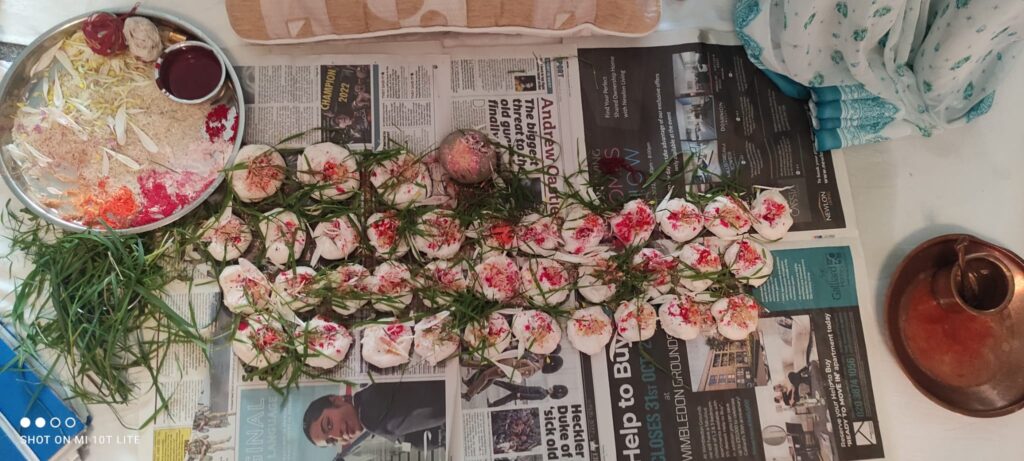
5) Asthi Visarjan (Ash Immersion) in Indian death rituals – Hindu funerals:
After cremation, in Indian Death Rituals(Hindu funeral) – Hindu funeral the ashes (asthi) are collected and often immersed in a sacred river, preferably the Ganges. This is believed to release the soul from the cycle of reincarnation.
6) Memorial Services in Indian death rituals – Hindu funerals:
Periodic memorial services might be held on specific anniversaries of the death in Indian Death Rituals(Hindu funeral) – Hindu funeral, where family and friends gather to remember and honor the deceased through prayers and rituals.

7) Offerings and Donations in Indian death rituals – Hindu funerals:
In Indian Death Rituals – Hindu funeral Donations to charitable causes and offerings to priests or temples are often made in the name of the deceased in Hindu funerals. This is believed to generate positive karma for the departed soul.
In Hindu funeral It’s important to remember that practices can vary widely within Hinduism due to regional and cultural differences. Additionally, modernization and urbanization have brought changes to these practices in some areas, but the core beliefs about the soul’s journey and the importance of honoring the departed remain central to Hindu funeral rituals.
8) Hindu Funeral Prayers/Hindu Funeral Mantras
According to Hindu funeral rituals, Hindu Funeral Prayers & Hindu funeral Mantras are very important in Hindu funerals because it believes that Hindu Funeral Prayers & Hindu funeral Mantras help to give peace to the soul. When Hindus are dying, they strive to attain the greatest state of consciousness possible. The family recites Hindu funeral mantras and Hindu funeral prayers according to Hindu funeral rituals, while they focus on the top of the deceased’s head. Additionally, they frequently use a mala, which is a string of beads intended to keep them focused on their Hindu funeral prayers.
Here are some Hindu funeral mantras that you can chant at a Hindu funeral to give peace to the soul.


